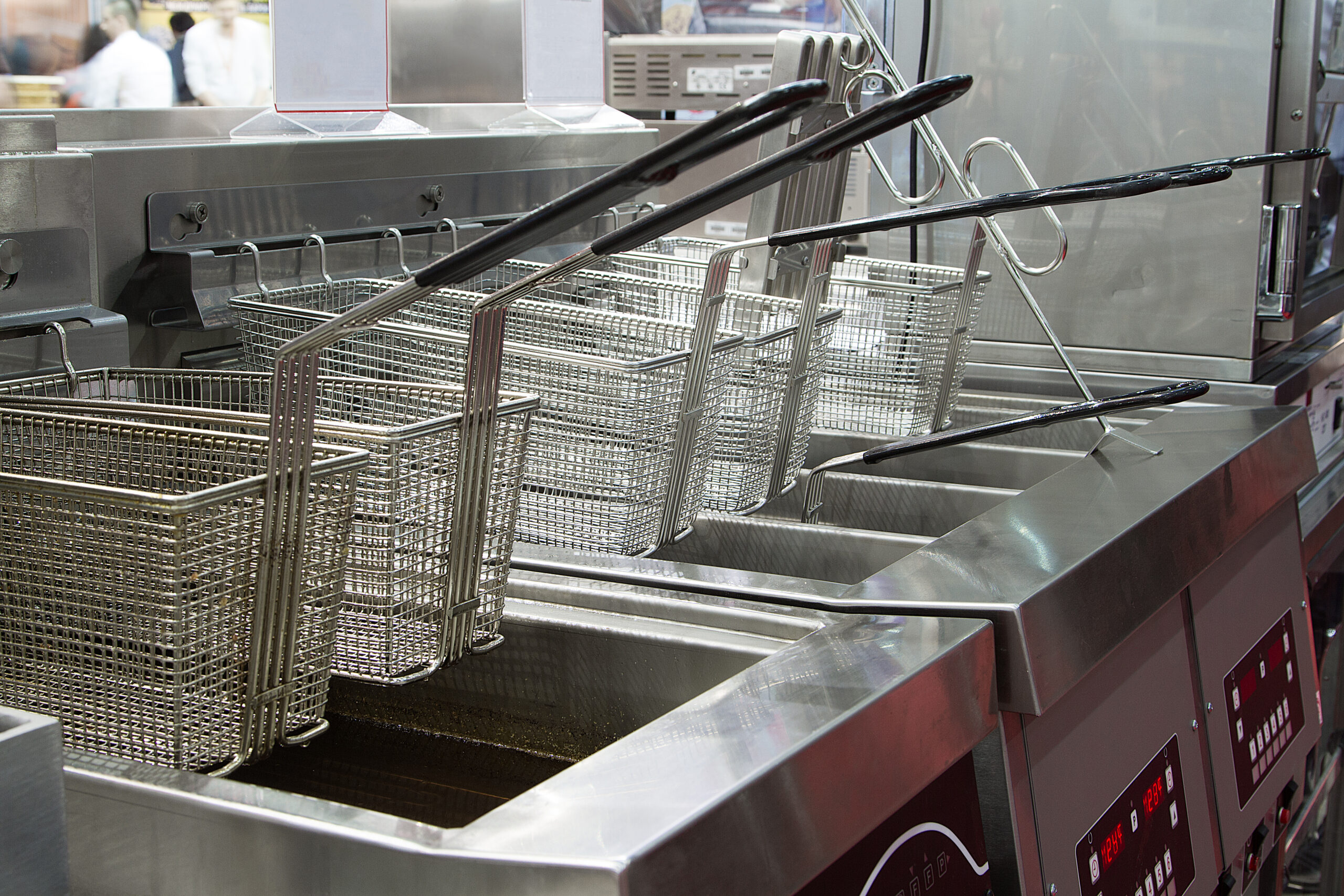18 Tips for Cooking Deep Fried Seafood

These 18 tips will ensure that your deep-fried seafood is crispy, flavorful, and cooked to perfection. Happy frying!
1. Pat Dry Before Frying
- Excess moisture on the surface of the seafood can cause the batter or breading to slide off and lead to oil splattering. Always pat the seafood dry with paper towels.
2. Use Oil with a High Smoke Point
- Choose oils with a high smoke point, such as peanut oil, canola oil, sunflower oil, or vegetable oil, to ensure even frying and to avoid burning.
3. Preheat the Oil
- Ensure your oil is heated to the right temperature—typically between 350°F–375°F (175°C–190°C). Use a thermometer to monitor the oil temperature. If the oil is too cold, the seafood will absorb more oil and become greasy.
4. Don’t Overcrowd the Fryer
- Fry in small batches to avoid the oil temperature dropping too much. Overcrowding can also result in uneven cooking and soggy seafood.
5. Use a Heavy-Duty Pot or Deep Fryer
- A heavy-bottomed pot or dedicated deep fryer helps maintain consistent oil temperature. A deep fryer with a temperature control is ideal.
6. Don’t Fry Too Much At Once
- Frying too many pieces at once can cause the oil temperature to drop and result in greasy seafood. Stick to small batches.
7. Maintain Consistent Oil Temperatur
- Keep the oil at a steady temperature throughout the frying process. When you add seafood, the temperature drops slightly, so adjust the heat to bring it back to the target range (350°F–375°F).
8. Fry Until Golden Brown
- Seafood cooks quickly, so monitor the frying time carefully. Typically, 3–5 minutes is enough. Overcooking will result in rubbery, dry seafood. Shrimp and fish cook faster than thicker pieces like oysters or calamari.
9. Use a Slotted Spoon or Tongs
- Use a slotted spoon or tongs to carefully place the seafood in the oil and to remove it once it’s golden brown. A slotted spoon helps drain excess oil.
10. Drain Excess Oil
- Once the seafood is done, place it on paper towels or a wire rack to drain excess oil. A wire rack is ideal because it prevents the food from sitting in the oil, keeping it crispy.
11. Rest the Seafood After Frying
- Let the fried seafood rest for a minute or two. This allows the coating to firm up, and it helps keep the seafood from becoming soggy.
12. Season Immediately After Frying
- Lightly season the seafood right after frying while it’s still hot, so the seasoning sticks. A pinch of salt, pepper, or other seasonings will add an extra layer of flavor.
13. Keep Seafood Warm in the Oven
- If you’re frying in batches, keep the cooked seafood warm by placing it on a wire rack in the oven at 200°F (90°C). This prevents the seafood from becoming soggy while you finish frying the rest.
14. Serve Immediately
- Fried seafood is best served hot and fresh. The longer it sits, the more likely it is to lose its crispiness.
15. Pair With Dipping Sauces
- Serve your fried seafood with a variety of dipping sauces like tartar sauce, cocktail sauce, spicy mayo, remoulade, or lemon wedges to add brightness and balance the richness.
16. Use a Thermometer to Check Doneness
- If unsure about doneness, check the internal temperature of your seafood. Shrimp and fish should reach an internal temperature of 145°F (63°C).
17. Clean Oil Between Batches
- Strain the oil between batches to remove any burned bits or leftover batter. This ensures that the oil stays clean and doesn’t affect the flavor of subsequent batches.
18. Make Your Own Seafood Mix
- Experiment with different combinations of seafood for variety and texture. Consider frying a mix of shrimp, fish fillets, squid, and even oysters or scallops for a flavorful seafood platter.
Bonus Tip:
- Use a Wire Rack Instead of Paper Towels: For even better results, place the fried seafood on a wire rack rather than paper towels. This allows air to circulate around the food, keeping it crispy.